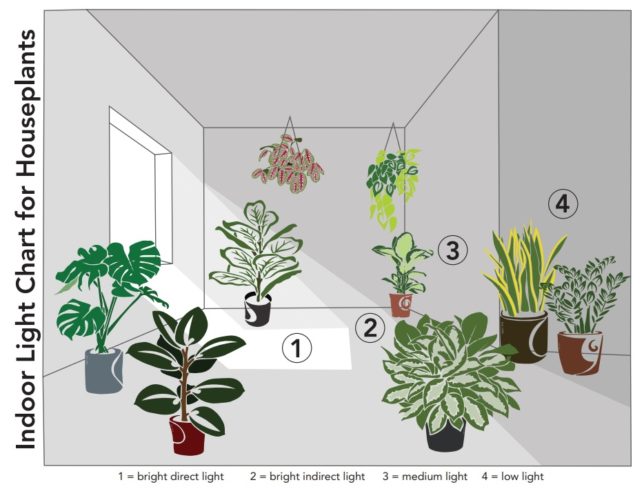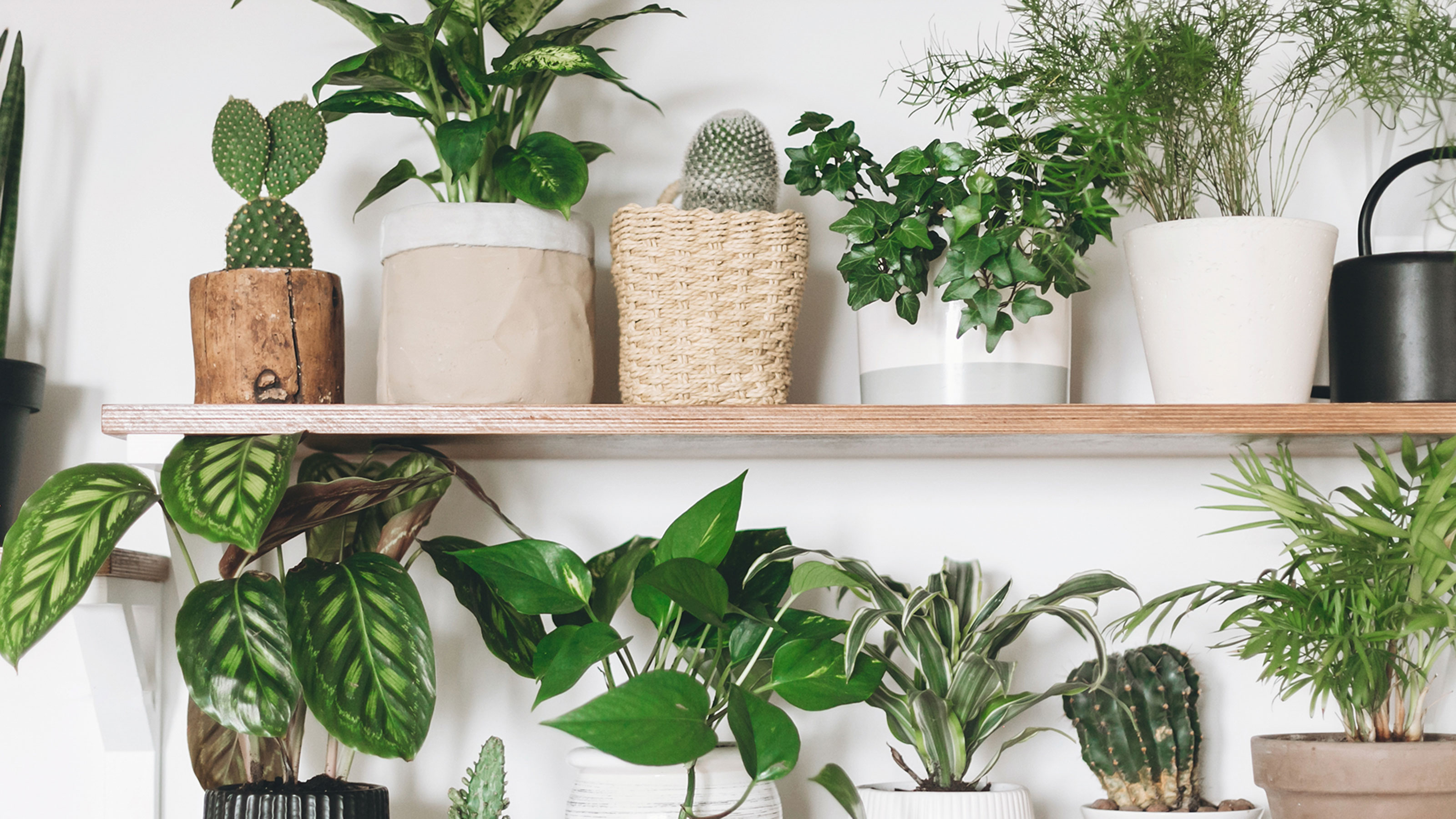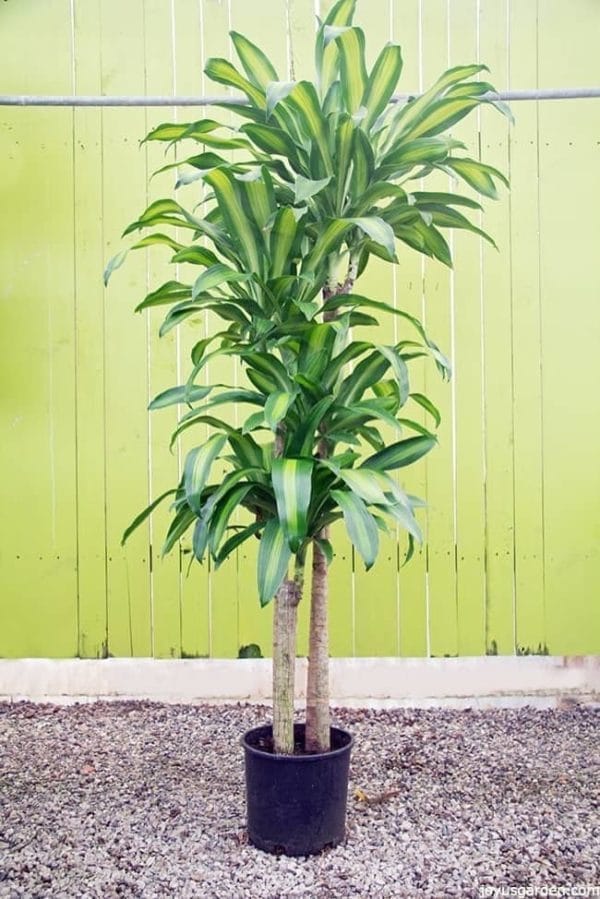The Best Low-Light Indoor Plants That Require Minimal Care and Attention
The Best Low-Light Indoor Plants That Require Minimal Care and Attention
Blog Article
Transform Your Home With Beautiful Low-Light Indoor Plants and Their Benefits
Incorporating low-light interior plants into your home can considerably improve both the aesthetic and ecological top quality of your space. These plants, which flourish in dark problems, offer not just as attractive components but likewise as all-natural air cleansers, making them perfect for urban residents or those with minimal sunlight exposure. As we discover the various sorts of low-light plants and their benefits, you may locate unusual ways to incorporate them right into your home that can transform your surroundings in ways you could not have anticipated.
Benefits of Low-Light Plants
Low-light plants provide numerous advantages for indoor environments, making them an excellent choice for both beginner and experienced gardeners. One of the main benefits is their versatility to low-light conditions, allowing individuals to enhance their space without the demand for substantial sunlight exposure. This characteristic makes them optimal for apartments, offices, and other locations with limited all-natural light.

Additionally, including low-light plants right into home décor can elevate the visual allure of a space. Their rich vegetation and varied textures develop a soothing environment, adding to general well-being. The visibility of greenery has actually been linked to decreased stress and anxiety degrees and enhanced performance, making low-light plants a sensible selection for improving both physical and psychological health and wellness in indoor setups.
Leading Low-Light Indoor Plants
While lots of interior plants flourish in intense light, numerous varieties are particularly appropriate for low-light problems, making them excellent for numerous indoor spaces. One prominent option is the Serpent Plant (Sansevieria), recognized for its striking upright fallen leaves and durability, requiring very little care. Another superb choice is the Pothos (Epipremnum aureum), which includes heart-shaped fallen leaves and can trail perfectly from shelves or hangers, prospering in low light and including a lavish touch.
The ZZ Plant (Zamioculcas zamiifolia) is celebrated for its shiny fallen leaves and capability to hold up against overlook, making it best for active way of livings. In a similar way, the Tranquility Lily (Spathiphyllum) not only tolerates reduced light but likewise generates magnificent white flowers, enhancing any type of space's visual.
For a special touch, consider the Cast Iron Plant (Aspidistra elatior), which indeed lives up to its name, thriving in the darkest edges of your home. The Chinese Evergreen (Aglaonema) offers a range of fallen leave patterns and shades while being exceptionally forgiving in low-light problems. These plants not only beautify indoor environments yet additionally contribute website here to air purification, boosting your home.
Treatment Tips for Low-Light Plants

Sprinkling techniques are crucial; these plants frequently prefer slightly dry conditions. Overwatering can lead to root rot, so guarantee that the leading inch of dirt is completely dry before watering once again. Use pots with drain holes to allow excess wetness to run away.
Humidity is an additional important element. Many low-light plants, such as ferns and peace lilies, advantage from greater moisture degrees. To raise humidity, consider misting the leaves or putting a tray of water near the plants.
Fertilizing must be approached with caution. Throughout the growing season, utilize a watered down, balanced liquid plant food on a monthly basis to support growth, but stay clear of feeding during the dormant wintertime months.

Innovative Ways to Show Plants
Interior plants can function as exciting focal factors in any type of room, improving both additional resources aesthetic charm and setting. Creative screens can raise the visual impact of low-light plants, making them an important part of your home decor. One reliable method is to use tiered plant stands, which allow you to display several plants at varying elevations while maximizing floor space.
Hanging planters are another cutting-edge alternative, developing a sense of depth and drawing the eye upward. Take into consideration macramé hangers or wall-mounted shelves to present a distinct texture and style.
For a more structured technique, use geometric terrariums or glass containers to house your plants, including a contemporary touch to your indoor yard. You can likewise repurpose vintage items, such as teacups or wood crates, for a diverse display screen that shows your individuality.
Enhancing Home Setting With Plants
Incorporating low-light plants into your home not just enhances aesthetic charm yet also adds substantially to the general setting. These plants serve as all-natural design aspects, introducing a sense of tranquility that can change any kind of room. The visibility of greenery cultivates a relaxing ambience, which is especially useful in high-stress environments such as office or living rooms.
Low-light plants, such as serpent plants, pothos, and ZZ plants, are not only cosmetically pleasing yet additionally improve indoor air high quality by filtering contaminants. This twin function improves the ambiance further, producing a healthier living space (Best low-light indoor hop over to these guys plants). The critical placement of these plants can also influence the understanding of space; for circumstances, tall plants can attract the eye up, making ceilings show up higher and rooms extra large
In addition, differing textures and shades of vegetation include deepness to interior decoration, permitting innovative expression in home designing. Whether put on shelves, in edges, or as centerpieces, low-light plants can raise the state of mind of any area. In summary, integrating these plants into your home is an effective way to foster a cozy, welcoming ambience while profiting of enhanced air quality and visual flexibility.
Final Thought
Including low-light interior plants right into home atmospheres provides numerous benefits, including improved aesthetic appeal and boosted air quality. These durable plants, such as the Snake Plant and Tranquility Lily, require very little light and maintenance, making them appropriate for varied way of lives.
While numerous indoor plants thrive in bright light, numerous species are particularly fit for low-light problems, making them suitable for different indoor spaces. One reliable approach is to make use of tiered plant stands, which allow you to display several plants at differing elevations while optimizing floor room.
Low-light plants, such as serpent plants, pothos, and ZZ plants, are not just aesthetically pleasing yet additionally improve interior air high quality by filtering system pollutants. Best low-light indoor plants. The strategic placement of these plants can additionally affect the perception of space; for circumstances, high plants can draw the eye upward, making ceilings show up greater and areas extra spacious
These durable plants, such as the Serpent Plant and Peace Lily, need minimal light and upkeep, making them ideal for varied way of lives.
Report this page